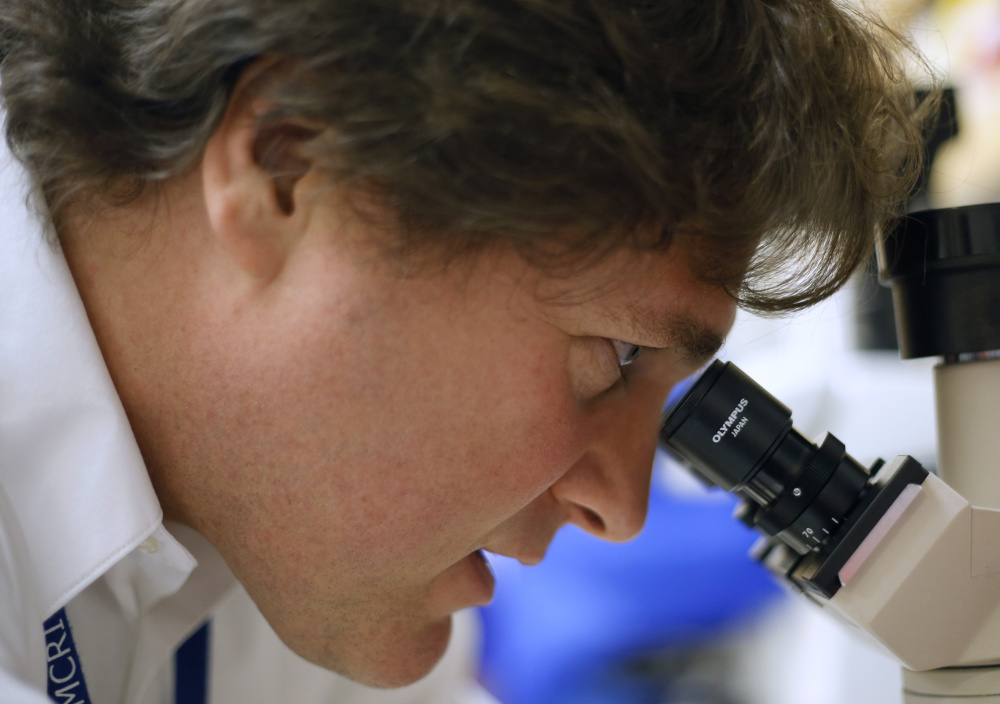There has been a lot of coverage about the bad things buried in the recent $1.8 trillion budget deal that was hammered out by Congress and signed by President Obama on Dec. 18.
It was a big, messy pile of tax cuts and spending glued together with agreements that, on their own, look like special-interest sweetheart deals.
Some of the criticism is fair, but the critics should not forget about all of the good hidden in there as well.
We are pleased that legislative deal-makers found $2 billion in funding for medical research through the National Institutes of Health. It will pay off for taxpayers in the form of medical breakthroughs that will save lives and reduce medical costs. The money will also provide a fertile environment for new ideas generated in the lab to spin off as businesses, attracting private investment and creating new jobs in a clean industry.
This is something that Congress can be proud of. Maine Sen. Susan Collins, who is a member of the Senate Appropriations Committee, was a key player in getting these programs funded, and has helped reverse a very destructive trend.
Previous budget deals reined in federal spending through indiscriminate sequestration cuts and short-term bills that funded the government a few months at a time. That has left NIH funding frozen since 2003. While the dollar amount may have stayed constant, the buying power has not, and the 12-year freeze amounts to a 20 percent cut in the impact that the federal funds could have.
NIH funding is distributed in competitive grants around the country, including about $72 million spent in Maine. Just those grants generate 1,700 jobs and $174 million in economic activity.
That spending includes $6.8 million for Leif Oxburgh’s lab at the Maine Medical Center Research Institute, where he and colleagues are studying how to grow kidneys in the lab from stem cells. Although years away from being used in a clinical setting, this research could someday provide a cure for a leading cause of death and alleviate suffering of millions.
NIH-funded research has been responsible for breakthroughs in cancer research, contributing to the increase in the five-year survival rate from 45 percent in the 1970s to 70 percent today. NIH isn’t the only funding source, but it is by far the biggest, and it can’t be replaced by the nonprofit foundations or the private sector. The research is best done by labs connected with hospitals and universities, but only the federal government has the resources to keep it going on such a large scale.
This is important because there are other important investments that need to be made.
Alzheimer’s disease affects 5.3 million Americans, and results in $226 billion in medical costs, most of it paid through Medicare.
As the baby boom generation moves into old age, those numbers can only increase. Presently there is no cure and no treatment that can stop or reverse its symptoms. Unless there are significant scientific advancements, this disease could bankrupt the American medical system.
Because medical research generates so little controversy, it’s not one of the budget items that attracts much attention. But that doesn’t mean it’s not important.
We should not be satisfied with another 12-year budget freeze on medical research. These new funds represent a critical first step, but there is still significant work that needs to be done.
Send questions/comments to the editors.



Comments are no longer available on this story